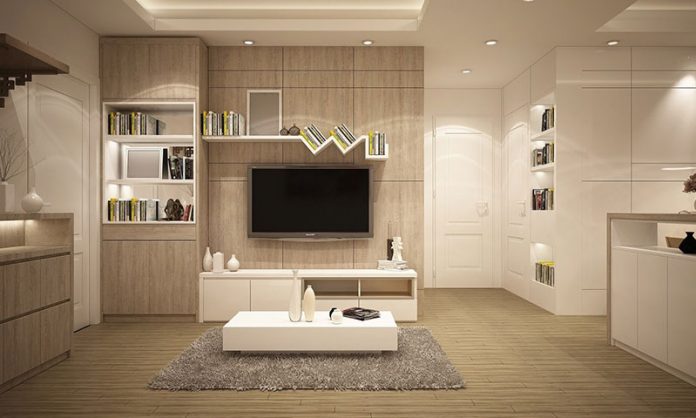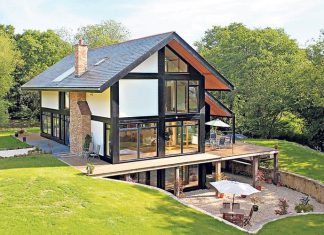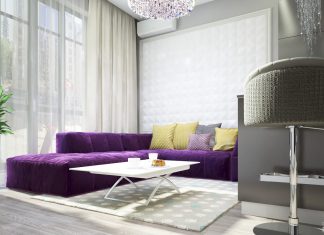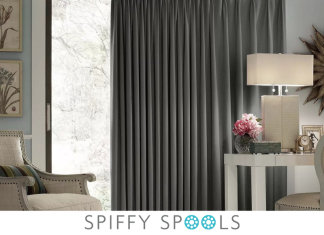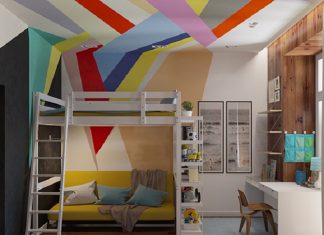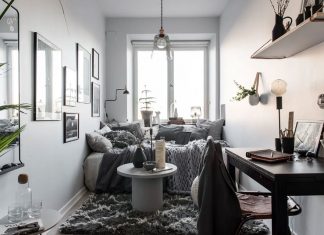Constantly planning out your home is an addictive hobby we all are guilty of. Whether it involves bringing a few amendments to the structure and design or renovating a specific area of the house or even redecorating the interior, some of us just can’t get enough of it. Change is always good, especially if it comes with a ton of other benefits. However, when we talk about change, we do not mean to go by the usual home redesigning pattern, instead of changing things, why not build a trendy accessory dwelling unit within the premises of your personal property?
These units not only look super convenient but are a great add-on to your property. With lower induced costs for construction and higher returns as a means of rental income or an increase in your house’s market value, this might just be your go-to plan when it comes to revitalizing your home. While these additional structures may have gained popularity decades ago, it had to go through a lot of political wrangling and second-thoughts before being legalized or having its restrictions loosened entirely depending on your country’s policy. The pros attached to this are inevitable. To further brief you through more about it, follow up on the rest of this article to understand and enlighten yourself on what a secondary unit is and why you should have one.
What is an accessory dwelling unit (ADU)?
An ADU is an extra housing unit that is also usually referred to as a secondary apartment, granny flats, second suite, carriage house, family unit, etc. It is usually built on the same structure and parameters of the primary house, much like a duplex or a single-family home. It is important not to confuse an accessory dwelling unit with mobile homes, as even though they may be a separate entity from the house physically, you cannot purchase it separately from the main home.
Construction of ADU does not result in sub-division of your primary home, and neither is it required. Even on paper, these units are to remain close to the parent’s home. Restrictive covenants have been enforced, where residential structures with ADU’s must remain ‘owner-occupied,’ by all means. Therefore with such covenants, you are required to live within your premises and not move to another place while you rent out your home and ADU. You must stay on your property before selling it to someone else entirely.
Types of secondary suites
– Detached structure
This type of accessory unit is typically located on the backside of the primary home or even the backyard. Besides providing more space, these detached miniature houses usually don’t serve any other purpose. It must rest over a proper foundation such as a garage and must differ from mobile homes and not including any traits of them, such as tiny wheels. The best part about this structure is that it is completely independent with a separate entrance. Being a part of a separate entity is ideal, especially for families that are strangers to others; thus it involves minimal disruption and maintains privacy.
– Externally attached unit
An apartment that is externally attached has at least one wall that is shared between the main house. However, this structure too calls for a separate entrance, and there is no interference of any sort from the main house. With separate utility hook-ups connecting the unit to city services generally involves lower costs due to the shortened distance. Depending on the mechanical appliance capacity, an externally attached secondary suite may or may not share technical services with the primary unit, depending on the capacity it possesses.
– Internally attached unit
This type of unit fully differentiates from the other two as it is entirely merged and integrated into the parameters of the primary house. It might not even be obvious for outsiders to immediately recognize that the residence contains an additional dwelling unit on its premises. These units are mostly located in the attic or even the basement. While it does not have a separate entrance, it remains as a separate entity with the help of secured doors that can be approached from an internal hallway. Technical appliances and utility services are also shared among both housing units. Considering, lesser material needed to build this unit and with fewer services to cater to in-house, it is the most cost-effective option out of all the three.
Benefits of Accessory dwelling units
– Additional income
Making use of the extra space of your residential area and by simply renting out your ADU, can help you gain additional income for yourself that could assist you in paying off your debt, mortgage, or even help fund your business. Typically, granny flats are built as a source of rental income, as it is an easy way to make money. Plus, your home can instantly be alleviated and have increased property value when you choose to sell your house. This can significantly impact the resale value. It could also be passed down to your future generations, thus not only adding equity to your home but also securing your family’s future.
– Flexible for the family
These units provide flexibility, which is perfect for those who are family orientated. Owners could choose to provide residence to their elderly relatives, parents, or even their adult kids. Your extended family could choose to live in the ADU while simultaneously having the personal space they need for themselves. The best part is that the family stays close together, no matter what.
ADU’s are not only cost-effective when it comes to construction and receiving higher returns and benefits on the investment made, but it is also the ultimate solution when you wish to accommodate your family members. To avoid high rental fees, your boomerang child could choose to stay with you in your additional apartment and could save a ton of cash at the same time, and you wouldn’t have to worry about them moving out anytime soon.
– Eco friendly
Relative to other housing alternatives, ADU’s are gaining popularity among masses and are generally sustainable and have fewer adverse impacts on the environment, thus also making it eco-friendly. Since they take up minimal space, fewer resources and energy are needed for heating and cooling purposes, resulting in lesser toxic carbon emissions and lower utility-based costs.
Conclusion:
By choosing to optimize your space rightly on your residential area internally or externally, you could be prone to having a lot of benefits. Keep in mind the construction of an additional unit; while also making a life-long investment by adding value to your property. Whether you wish to have an ADU for gaining income or accommodating your boomerang kid/family member, these units are an ideal option you could opt for under any circumstance
